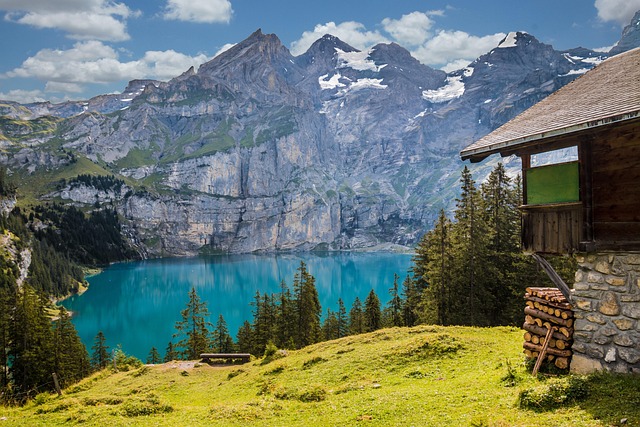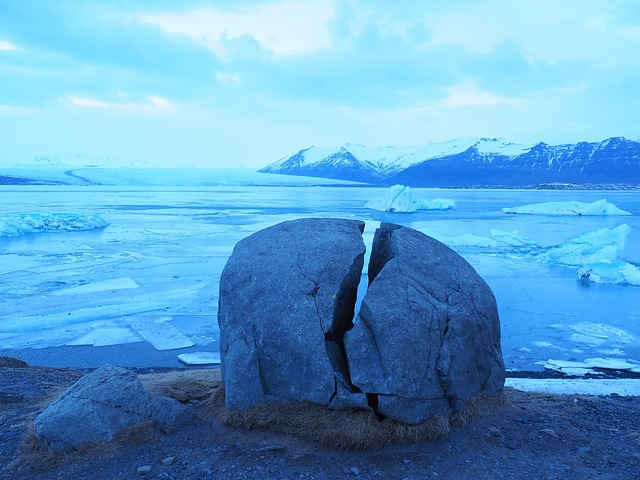The phenomenon of outburst lakes has become increasingly significant as our planet grapples with the realities of climate change. These lakes, often formed by the melting of glaciers or ice caps, can pose serious environmental challenges. As global temperatures rise, the consequences of this melting ice are being felt in more ways than one.
Outburst lakes emerge when water accumulates behind a natural dam formed from ice or glacial debris. When the pressure becomes too great, these dams can fail, leading to catastrophic floods that reshape landscapes and threaten ecosystems. The rapid flow of water can devastate surrounding flora and fauna, alter river paths, and impact local communities. The sheer power of these outbursts serves as a stark reminder of the volatility associated with a warming planet.
The connection between climate change and the formation of outburst lakes is direct and alarming. As temperatures soar, glacial retreat accelerates, leading to an increase in both the number and size of these lakes. This not only raises concerns for those living near these bodies of water but also highlights a broader issue: the health of our environment in the face of relentless warming.
It’s crucial to remember that the impact of melting glaciers extends beyond immediate flooding. The water released during an outburst can carry sediments and pollutants, leading to further degradation of water quality downstream. Aquatic ecosystems, already stressed by rising temperatures, can struggle to survive these sudden changes in their environment. Fish populations, for example, might experience significant declines, which can disrupt local fishing industries and affect food security for many communities.
Beyond environmental cataclysms, the melting ice affecting outburst lakes indicates profound changes in our climate system. These lakes are specific markers of the broader impacts of climate change, reflecting shifts in precipitation patterns, biodiversity loss, and the health of ecosystems. As these markers become more prevalent, they call for urgent action and awareness about our contributions to climate change.
Public discourse surrounding climate change often evokes feelings of helplessness and concern for the future. However, understanding the implications of outburst lakes and their connection to melting ice can also inspire action. Communities around the world are beginning to engage with sustainable practices, emphasizing the importance of preserving natural resources. By acknowledging the role we play in this crisis, we can work towards solutions that mitigate further environmental consequences.
Ultimately, the impact of outburst lakes is a wake-up call for all of us. They remind us that our actions have tangible effects on the planet. As we face the realities of a changing climate, fostering deeper connections with our environment can inspire hope and drive change. By advocating for sustainable practices, supporting conservation efforts, and pushing for policy reforms, we can help protect our natural world and ensure that future generations are not left to navigate the turmoil of melting ice and its deadly consequences.



